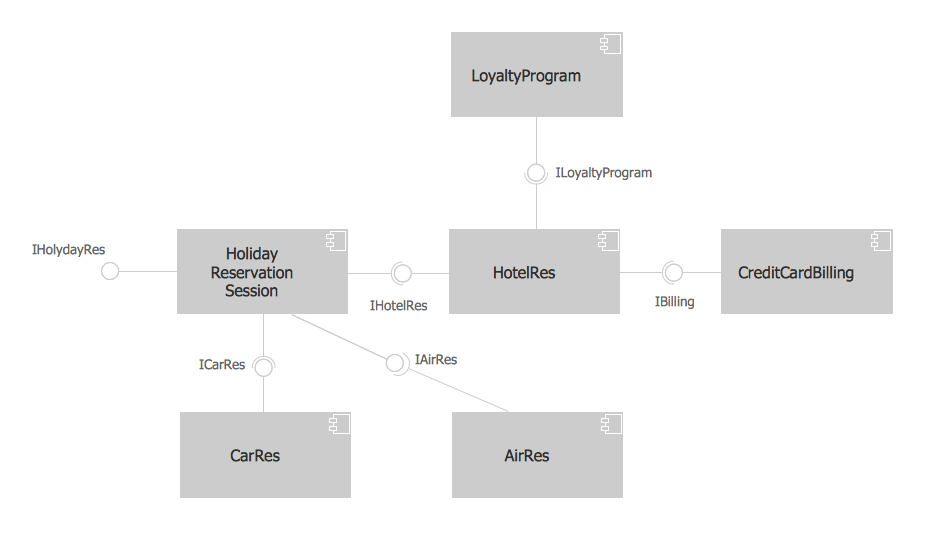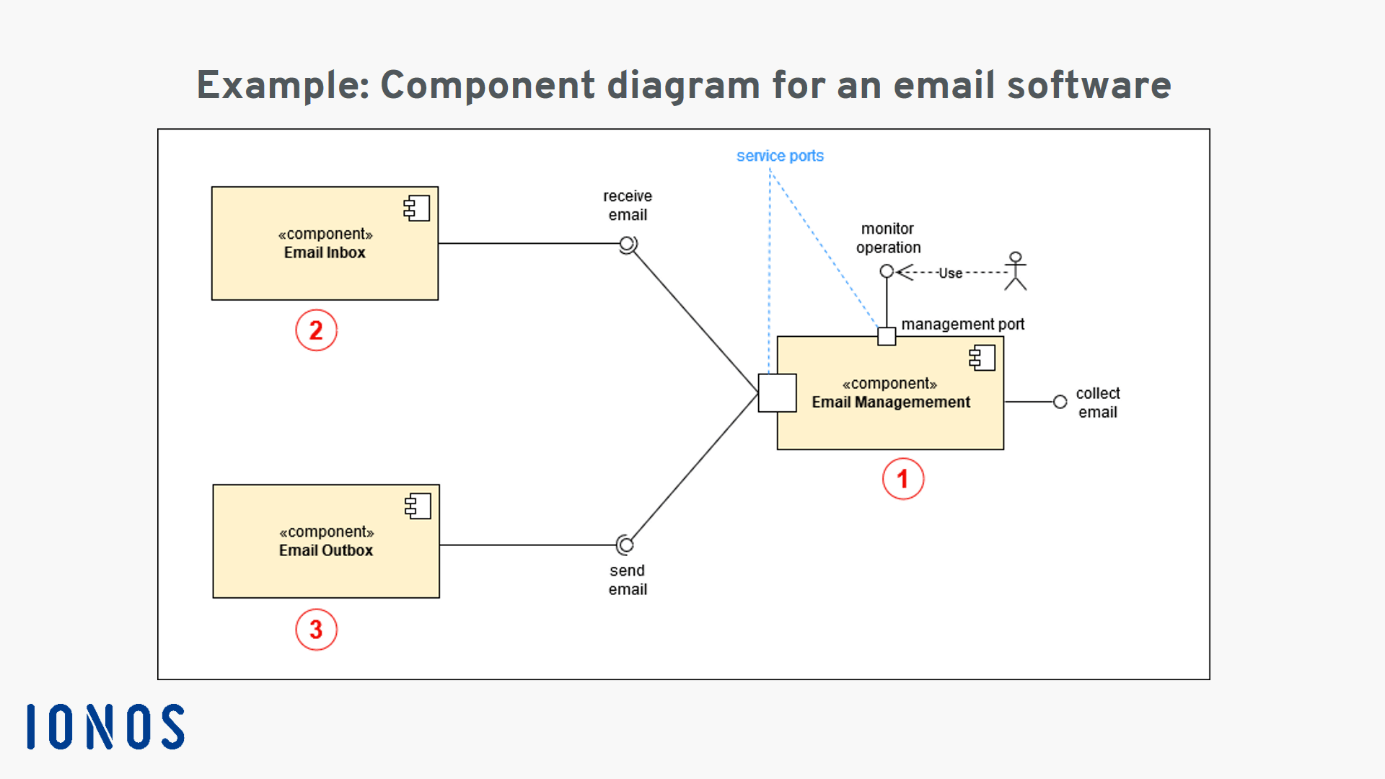


#COMPONENT DIAGRAM SOFTWARE#
Reuse and Maintainability: In component-based development, these diagrams help identify opportunities for component reuse, which can lead to more efficient and maintainable software systems.
#COMPONENT DIAGRAM HOW TO#
By identifying the major components and their dependencies, development teams can better plan how to build and integrate various parts of the system. Implementation Roadmap: Component diagrams can also aid in developing an implementation roadmap.They serve as an important tool for seeking approval from stakeholders and ensuring that everyone has a common understanding of the system’s architecture before development begins. Early Project Stage: Component diagrams are typically drawn early in a project’s lifecycle, during the design and planning phases.This visual representation helps stakeholders, including developers, project managers, and business analysts, to quickly grasp the structure and organization of the software. Visual Overview: Component diagrams provide a clear visual overview of a system’s architecture.This is crucial for ensuring proper communication and integration among system parts. These interfaces specify how components interact with each other, including the methods, data, and services they provide and consume. Defining Interfaces: One of the primary purposes of component diagrams is to define the interfaces between these components.These components can be classes, libraries, packages, or even larger subsystems, depending on the granularity of the system you are modeling. Modeling Components: UML component diagrams allow you to represent the major software components or modules within a system.Here are some key points about UML component diagrams: They are especially useful in service-oriented architectures and component-based development projects. UML (Unified Modeling Language) component diagrams are indeed a valuable tool in software engineering for modeling high-level software components and subsystems.


 0 kommentar(er)
0 kommentar(er)
